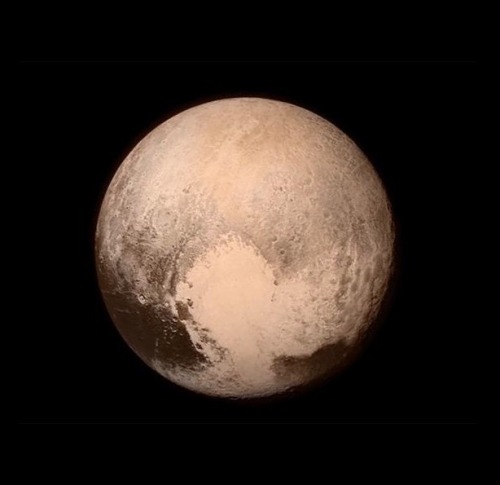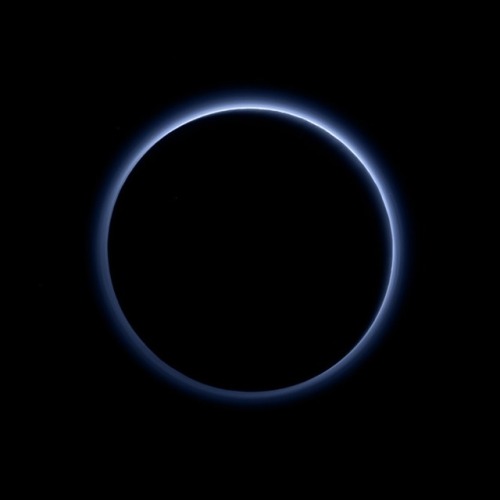This day in 1930 Pluto was discovered.Pluto was discovered in 1930 by Clyde Tombaugh and until 2006
This day in 1930 Pluto was discovered.Pluto was discovered in 1930 by Clyde Tombaugh and until 2006 was considered the ninth planet of the Solar System.Astronomical observations of Uranus and Neptune in the late 19th and early 20th centuries revealed a slight discrepancy between the actual observed orbits and what the calculated theoretical orbits of these two planets should have been. American astronomer Percival Lowell (1855–1916) believed that these discrepancies were due to the influence of an undiscovered ninth planet that he called Planet X. Lowell searched for Planet X between 1906 and 1916, but was unsuccessful in his endeavors.The task was taken up again by Clyde Tombaugh (1906–1997) in 1929. Tombaugh was an American astronomer working at the Lowell Observatory in Flagstaff, Arizona. Tombaugh’s technique was to take pictures of the same part of the night sky, but over two different dates. A comparison of the photographic plates would then reveal if any of the “stars” had changed position. Tombaugh reasoned that if one of the stellar objects had changed position in the relatively short time interval between the dates of the two plates, then it was not really a star. On February 18, 1930, Tombaugh discovered just such a moving object in a comparison of photographic plates that had originally been taken slightly earlier on January 23 and January 29, 1930. A new planet, to be named Pluto, had been discovered!Increased accuracy in planetary observations coupled with more precise data on Neptune’s mass from the Voyager 2 spacecraft flyby in 1989 showed that the original concerns about deviations in the orbits of Neptune and Uranus were unfounded. They were simply the result of poor data and incomplete observations. There never had been a real reason to postulate the existence of a Planet X.Pluto has five known moons: Charon (the largest, with a diameter just over half that of Pluto), Styx, Nix, Kerberos, and Hydra. Pluto and Charon are sometimes considered a binary system because the barycenter of their orbits does not lie within either body.On July 14, 2015, the New Horizons spacecraft became the first spacecraft to fly by Pluto. During its brief flyby, New Horizons made detailed measurements and observations of Pluto and its moons. In September 2016, astronomers announced that the reddish-brown cap of the north pole of Charon is composed of tholins, organic macromolecules that may be ingredients for the emergence of life, and produced from methane, nitrogen and other gases released from the atmosphere of Pluto and transferred about 19,000 km (12,000 mi) to the orbiting moon.To learn more, click here and here. -- source link
Tumblr Blog : wonders-of-the-cosmos.tumblr.com
#pluto#plutão#newhorizons#astronomy#astronomia#planetaanão#dwarfplanet#cleydetombaugh#telescope#telescopio

